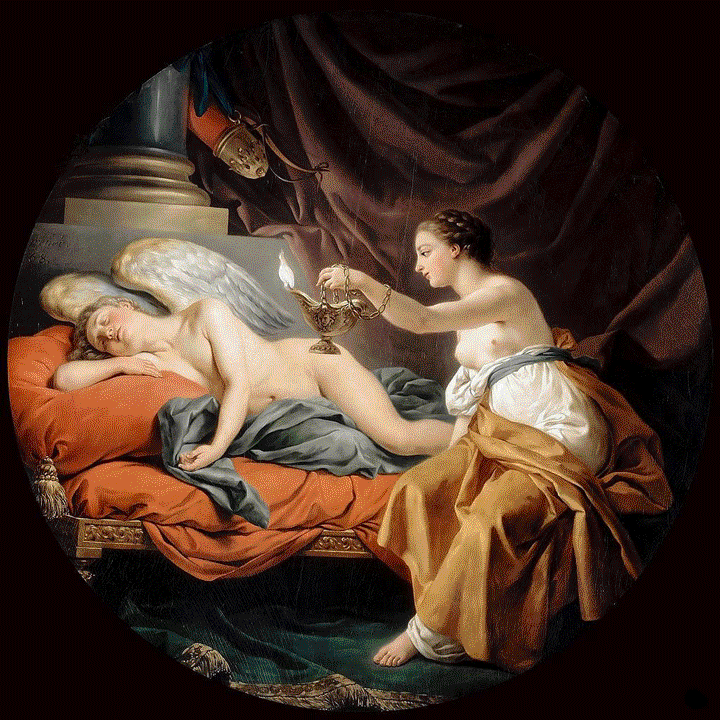On curiosity and experimentation
Amsterdam, The Netherlands. 2017
Paolo Caracciolo,
From the editor's desk
More than two and a half million years of natural selection have led to the modern man, a living being whose brain releases dopamine when he learns a new knowledge or skill: the law of the strongest favored the ones who are happy to satisfy their curiosity.
This characteristic of man has been condemned by many religions and cults; in the Old Testament curiosity pushes Eve to the original sin, unleashing the wrath of God. Despite the ostracism suffered since ancient times, curiosity is such a powerful feature that it has reversed the outcome of the battle between faith and scientific rationalism — from the Renaissance onwards we progressively evolved into a species that is no longer afraid of the unknown, but fascinated by it.
Since the task of a designer is to provide the best possible solution to a client's problem, among our duties is striving to enhance our skills and knowledge: gathering knowledge and experimenting not only improves the quality of our designs, but represents the best expression of respect towards the gift of curiosity we all inherited. As with science, the most productive experiments to enrich the capabilities of a designer are those that start from a clearly defined purpose, by the desire to explore an unknown territory rather than to please a customer with a hasty alternative solution, outlining a clear difference between casual experimentation and functional experimentation.
Randomness is not the enemy of quality, but of time: given an arbitrary number of ingredients, a chef can create a delicious dish instinctively by choosing among raw materials that he already knows, while a chef who already mastered those flavors may employ the same time in cooking something that not only will be definitely good, but likely more innovative. As with chefs, the job of a graphic designer includes perceptual knowledge that cannot be learned if not through functional experimentation — after all, flavors can't be read.

For the purpose of our conversation we will distinguish three types of experimentation: casual, conditioned and functional experimentation.
Casual experimentation is an action that is born without a cause nor a prefixed target, it comes from pure instinct, by meeting needs that are psychological more than technical and following a constant action-reaction stream that can potentially lead to some, many or no results at all . Curiosity, in this case, is not guided by an aim — it is comparable to entering in an unknown forest without a map or navigation system. Such kind of explorers will easily get lost, passing close by but yet completely missing some majestic natural wonders. Casual experimentation produces results which are purely subjective and of sentimental value, given its more playful nature rather than professional. It is a process more suitable for an artist than a designer.
Conditioned experimentation happens when the learning process is stimulated by the need to solve a problem posed by a client or customer. In this case, the productivity of the result is limited because it will be subjected to the judgment of one or more individuals, often alien to design issues and comprehensibly more interested in the commercial value of the solution, rather than artistic and intellectual value that can come with it. Conditioned experimentation enriches the ability of the designer by limiting curiosity; this type of experimentation is the most common because it allows at the same time to learn, to solve a professional problem and to meet the ancestral need of constantly escaping from boredom. Learning and earning money while enjoying oneself makes conditioned experimentation a very tempting activity, sacrificing the full creative benefits of exploration for a necessary compromise.
Finally, functional experimentation is a guided exploration with the objective of improving our knowledge about a specific aspect of our profession. In this case curiosity travels on a boat that is not lost in a vast ocean with no landmarks, nor its path is limited by a current too strong to counteract. Unconstricted experimentation that pursues a specific goal is the most productive of the three: it increases our knowledge of the main subject while still being open to collateral stimuli that may turn into a future solution. A carpenter who already knows the wood that best suits the type of table that he intends to build does not need to waste time in exploring the properties of the raw material, he does not need to learn new knowledge about malleability, durability and aesthetic that he needs and can devote the time gained to improve other aspects of his product, further increasing its value. For those who share the idea that a great designer is not the one that invents a solution but the one that discovers it, functional experimentation is not only a possible activity, but an activity intimately interconnected to the design process.